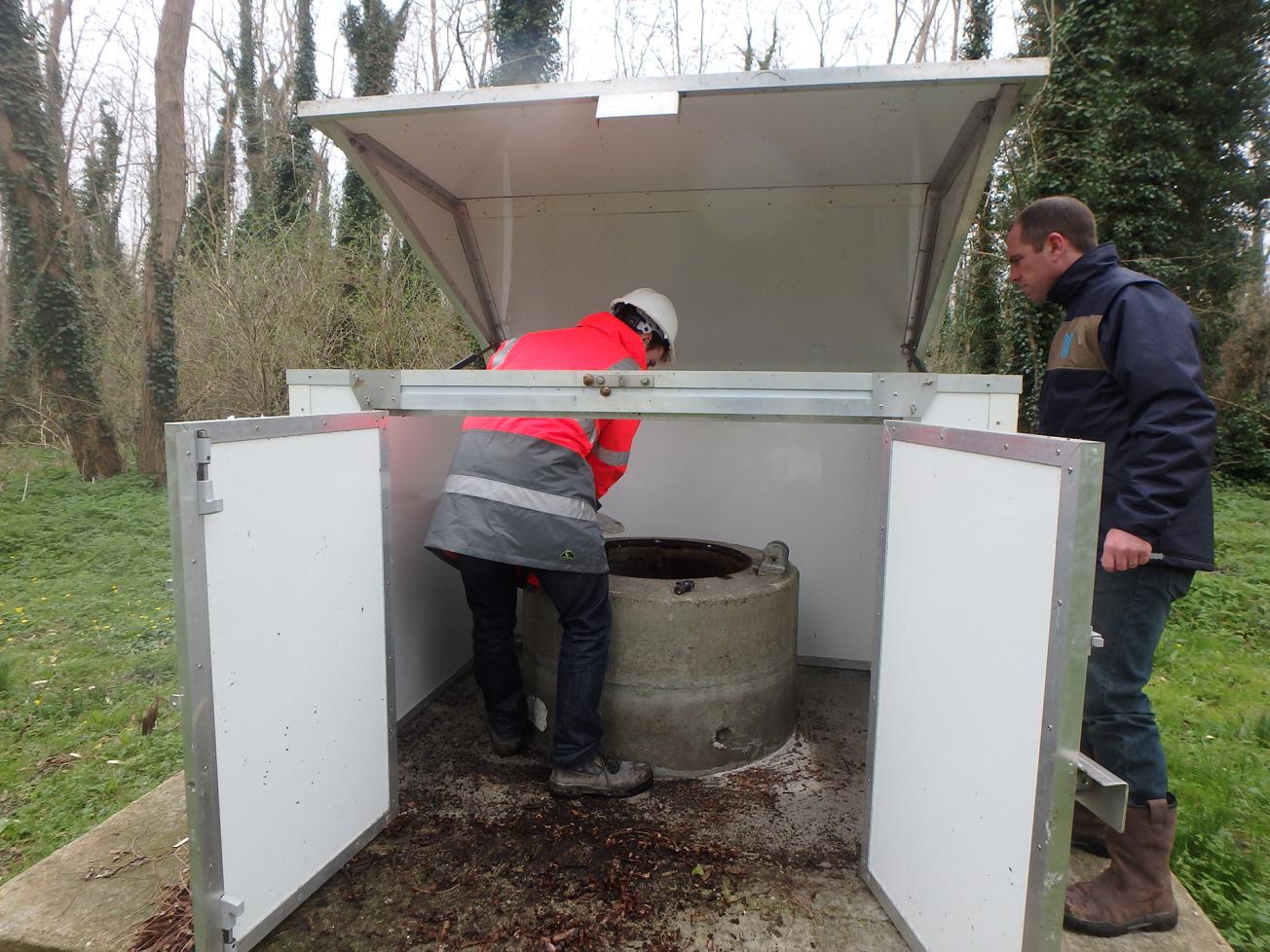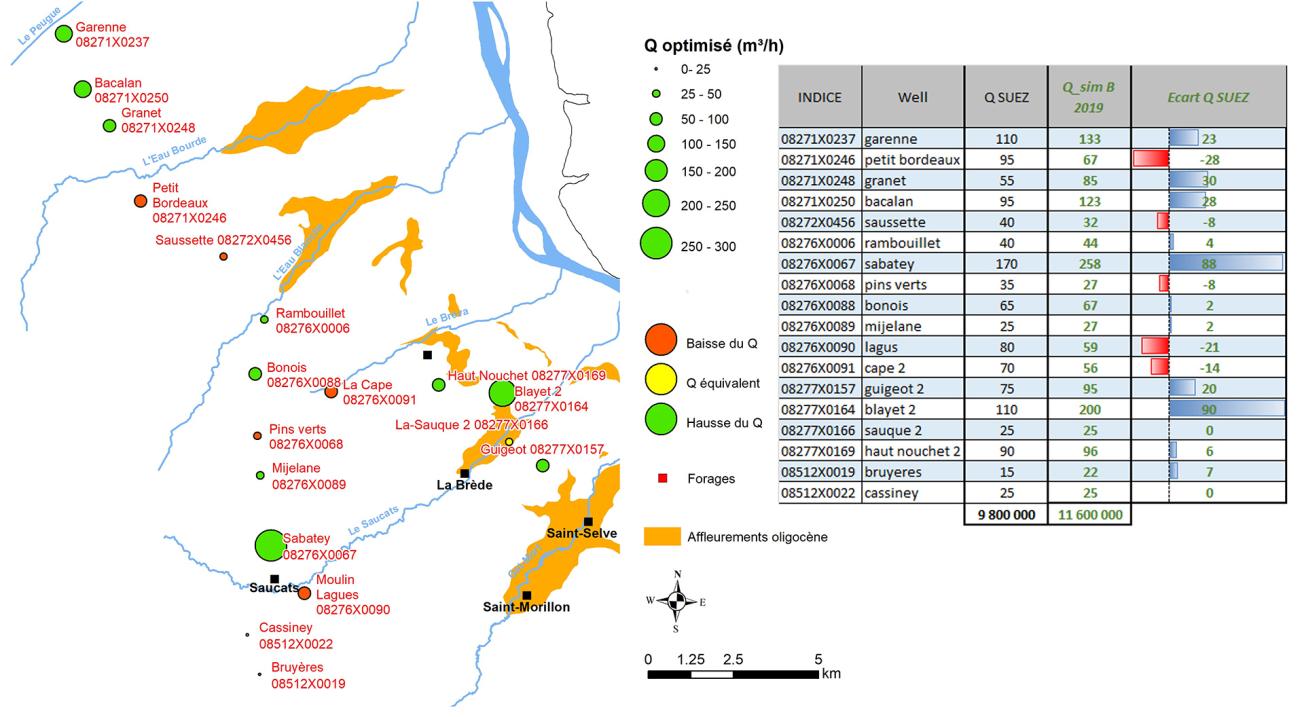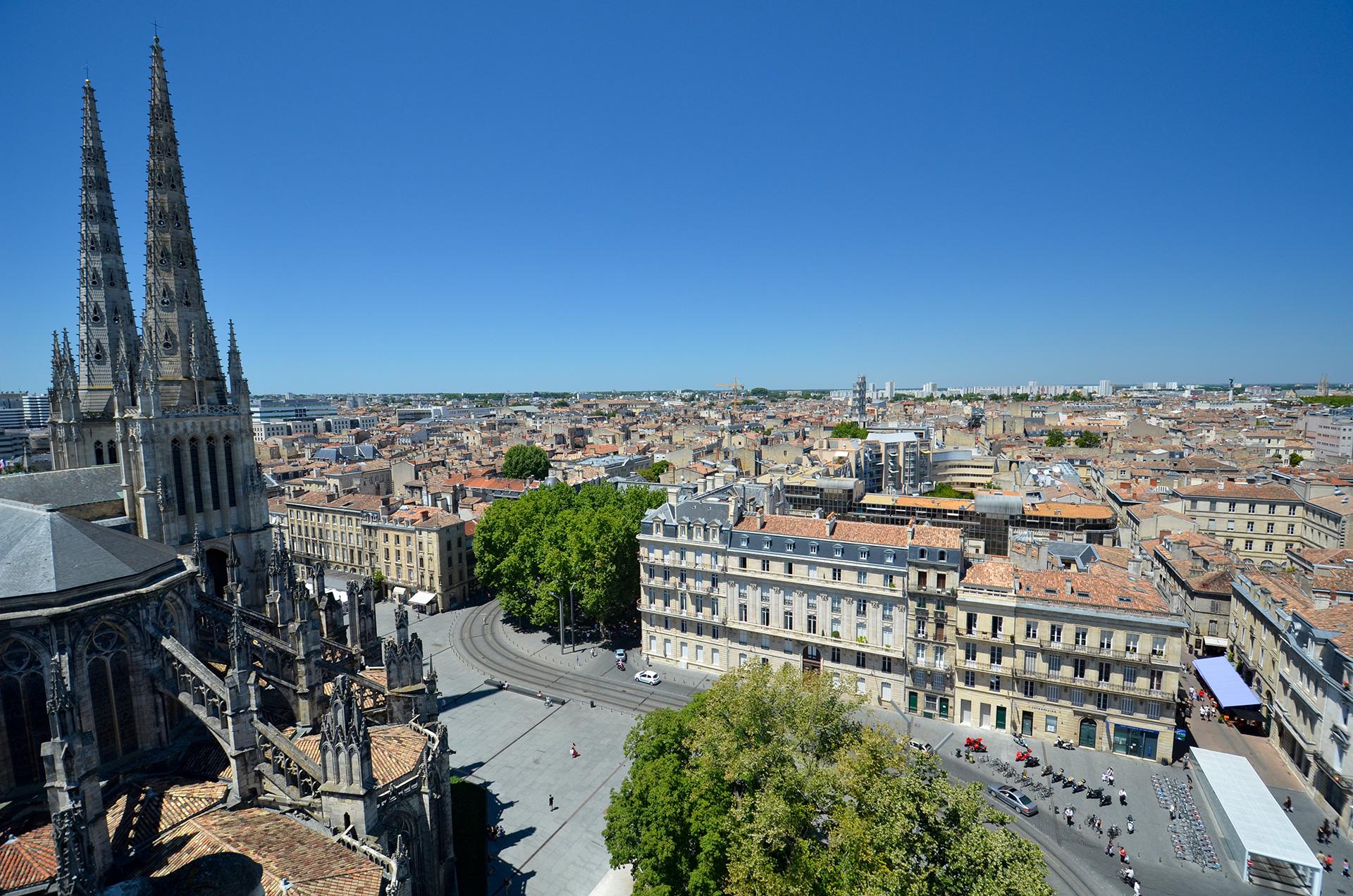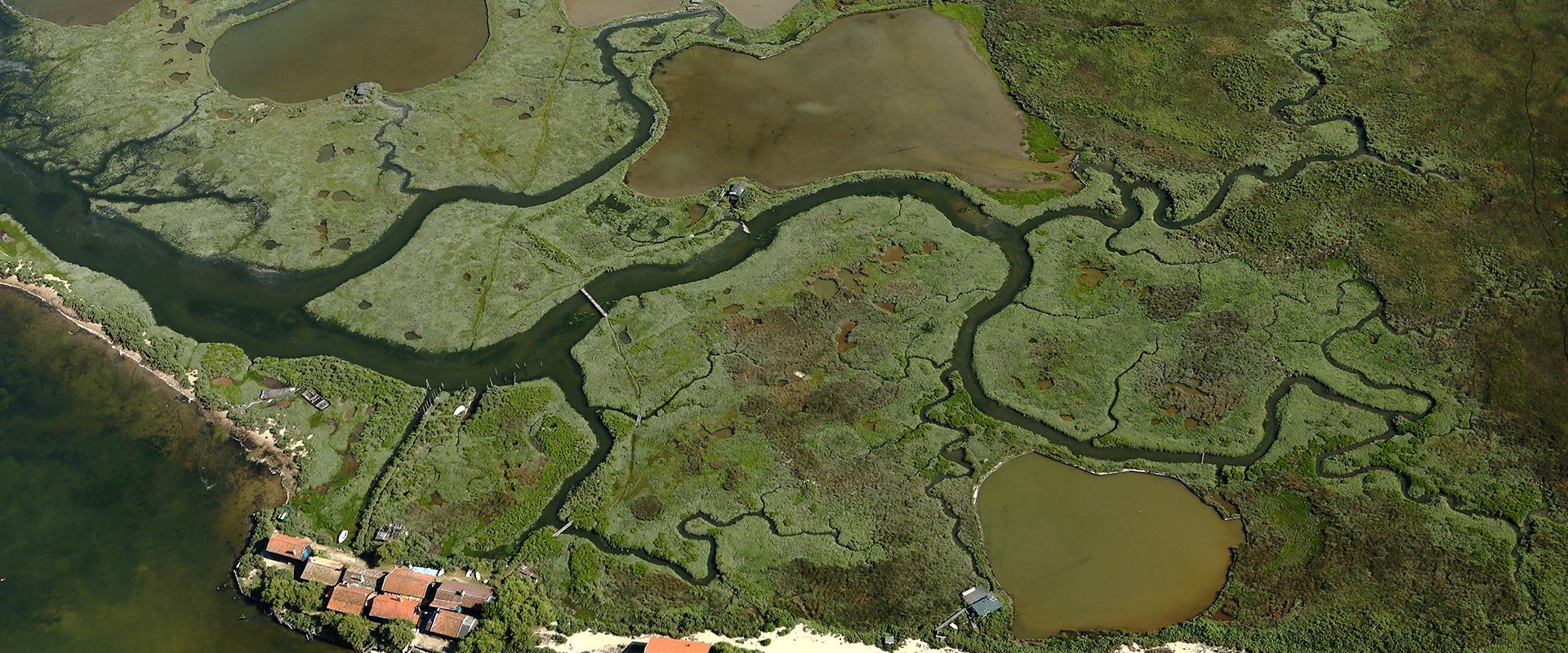
Inspection of the boreholes of the Bellefond (Gironde) catchment area.
© BRGM - Anaïs Hoareau
The need
The Oligocene layer is a strategic resource for the supply of drinking water to the Bordeaux urban area. In particular, it is exploited via a series of boreholes called the "100,000 m³/day" line, which has led to a gradual decrease in piezometric head in certain sectors, and has caused a drop in the water content of the Oligocene layer.
It has thus become necessary to assess the exploitation of these boreholes in order to determine how best to exploit the reservoir while applying the recommendations of the Gironde deep groundwater Master Plan for Water Development and Management (Schéma d'Aménagement et de Gestion des Eaux – SAGE) on abstracting water from the reservoir.
The results
This study, based on the combination of a detailed analysis of the data collected on each well (test pumping, regulatory and/or technical operating constraints) and an optimisation approach using a pre-existing hydrodynamic model developed as part of SAGE, produced the following results:
- Analysis of the boreholes of the 100,000 m³/day line: identification of the different flow rates around each borehole and definition of the properties of the structure and the aquifer, with a view to improving the hydrodynamic model;
- Optimisation of the catchment area in its current configuration in order to find the best trade-off between exploitation and impact on the resource. The results show that a gain of around +1,800,000 m³/year could be achieved by modifying the exploitation model of the catchment area;
- Optimisation of the positioning of the catchment area’s boreholes to limit interference and maximize production.

The result of optimisation of the initial configuration of the catchment area.
© BRGM
Using the results
The results of this project will be used by Bordeaux Métropole and the operator, Suez, to:
- modify the management of certain structures by adapting the regulation levels and revising the threshold values on flow rates and available water pressure in their declarations of public utility,
- guide the choice of new boreholes.
The partners
- Bordeaux Métropole
- Suez
- SMEGREG (Syndicat Mixte pour la Gestion de la Ressource en Eau du département de la Gironde)

The Agora project is still ongoing, we are continuing to collect data. But we are already providing our operator with important information for its activity. This partnership with BRGM is enabling us to optimize the exploitation of our catchment area using hydrogeological models and to consider the positioning of new boreholes. We can therefore test specific configurations and consider further studies in the future.







